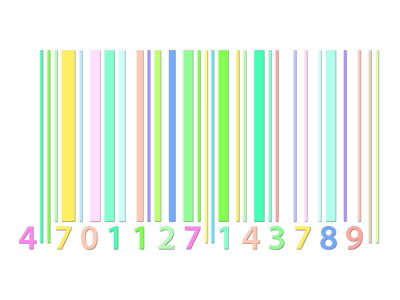Generally, pricing isn’t the first thing that springs to mind when we think of marketing. The term ‘marketing’ is imbued with visions of communications strategies, collateral such as brochures and merchandise and maybe even the odd launch event. Not pricing though. Pricing is the domain of finance or sales. Right?
Wrong. Well, wrong if the marketing department wants to be effective. Pricing is one of the first key steps in positioning a product within the market. The marketing campaign for a super-expensive, top of the line, luxury vehicle (think Mercedes) will be the exact opposite to that embarked upon for a cheap and cheerful budget brand of car (like, say a Suzuki). The main reason being, that the consumer for each will be completely different. They will need different messages, different calls to action, different positioning.
So, for all of you marketers that might not have thought about it before, we have a very simple round-up of the three main pricing strategies.
Mark-up Pricing
Without a doubt, this would have to be the most elementary of pricing methods out there. As the name suggest, the seller adds a standard mark-up to the cost of the product. Generally, mark-ups tend to be slightly higher on seasonal items (like Chrissy trees), specialty products and slower moving goods that might have high storage and handling costs.
There are quite a few major draw-backs to this pricing method. To start with, it just doesn’t make logical sense. Given that it ignores major economic indicators like current demand, perceived value and competition, it simply cannot be expected to result in the optimum price for your product (or service). It really only works if the marked-up prices always deliver the expected level of sales. Nearly impossible!
Despite this, it is still popular. Sellers (and marketers) can calculate costs more easily than demand. So, tying the price to the cost simplifies the whole pricing process. In the highly unlikely event that all companies within a particular product or service industry use this pricing method, prices should be around-about the same, minimising competition. Lastly, this pricing method is thought to be fairer to both consumers and sellers; consumers are not taken advantage of when product demand is acute and sellers earn a fair return on investment.
Target-Return Pricing
Next up, we have target-return pricing. In this model, sellers set a price that will yield its target rate of return on investment. Public utilities (which are mandated to make a fair return on investment) often use this pricing method.
There are problems with this pricing method though. It depends quite heavily on price elasticity and competitors prices, yet actually ignores them in its design. What a seller should really do is consider different price points and estimate their probable impact on profit and sales. Sellers should also try to lower their costs; lowering costs will decrease the requisite break-even volume.
Perceived Value Pricing
In the last pricing method we have for you today, price is based on the consumer’s perceived value of the product or service. What is perceived value, I hear you ask. Well, it’s a teeny bit complicated but we’ll do our best to demystify it for you. Perceived value is comprised of a number of elements including the consumer’s image of product performance, quality, channels, warranty and customer support as well as softer attributes like the seller’s reputation and trustworthiness.
Sellers need to deliver the value that they promised in their value proposition and the consumer must perceive the same value. The consumer must appreciate the total value of the product or service. Sellers can use a variety of marketing methods (like advertising and publicity) to enhance perceived value.
If you decide to go down this route, the key is to deliver more unique value to consumers than your competitors do and to make sure that all your prospective customers know this. As such, you need to understand the decision-making process of your consumers (both prospective and existing). For example, Goodyear was having quite a bit of trouble pricing its new tyres. After investigating the mindset of their consumers, they decided that pricing based on the expected number of kilometres for which the tyre would last was much more appropriate (than pricing based on technologically advanced features that consumers simply didn’t understand).
It is important to note that even if you are claiming to be able to deliver more total value, not all consumers will respond positively. Some consumers are purely price-driven. But there is generally a segment that cares about quality.
Marketing.com.au would like to thank Sally for coming back again this week to share some further great advice on how marketers can use the power of pricing to their advantage.
If you didn’t get a chance yet, check out Sally’s article from last week A Beginner’s Guide To The Product Life Cycle. For some further reading, we also shared an interview with Richard Green from Hot Deals called The Secret Of Making Money With Daily Deal Sites that you might also find useful.
About Sally Wood
Having worked in marketing, communications and public relations roles for over ten years, Sally’s past life includes a plethora of activities, some of which even she can’t believe she was lucky enough to try her hand at. There was the development and implementation of internal communication programs for burly construction contractors; PR campaigns to launch The Simpson’s products (which just happened to involve carting life-sized Simpson figures around the country); people (and media) wrangling at Flemington’s birdcage for high-profile clients during the Melbourne Cup Carnival; CSR program design, implementation and GRI-accredited reporting; and, most recently, copywriting and internal stakeholder relations in a most serious corporate environment. Somehow, in the midst of all that, she also managed to get stuck into some study, undertaking a Bachelor of Arts / Law, completing a Postgraduate Bachelor of Letters in Public Relations and Journalism and recently starting an MBA.
